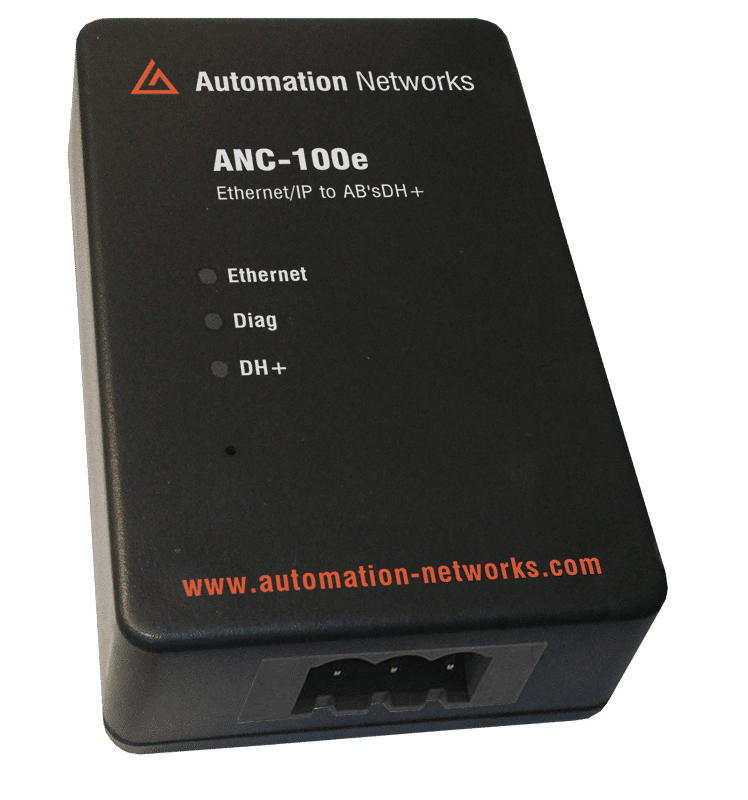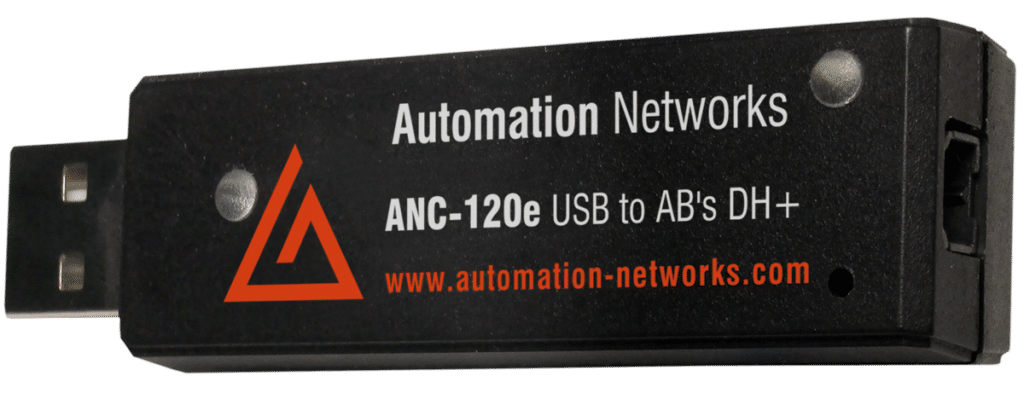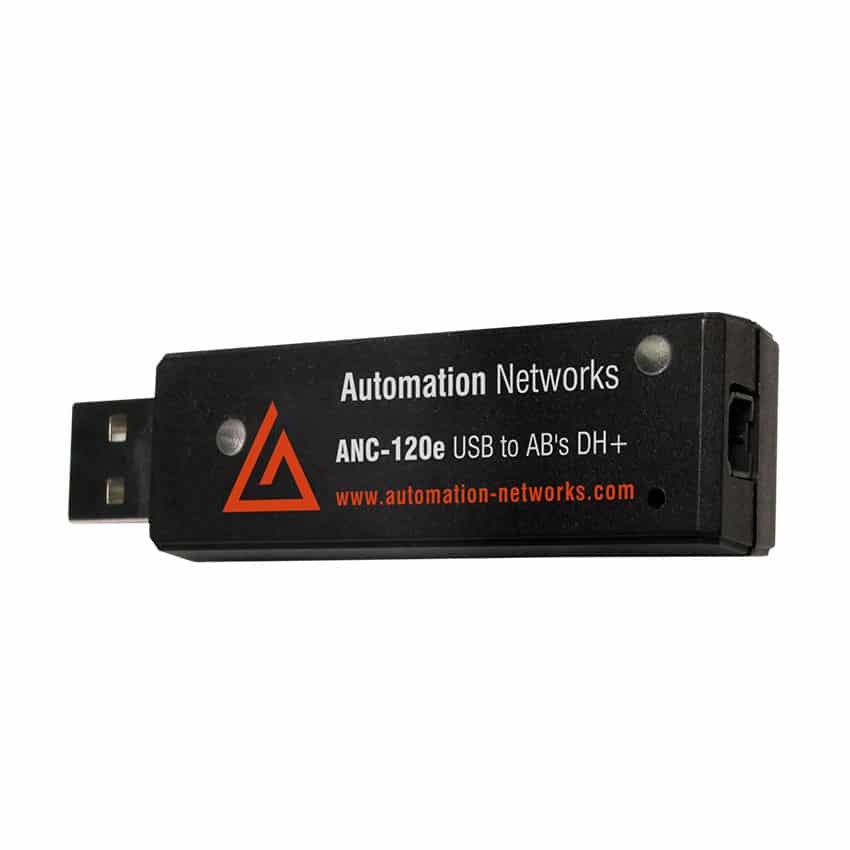Modbus TCP/IP
Modbus TCP/IP is a widely used industrial communication protocol that enables data exchange between devices and systems in industrial automation and control applications. Understanding its technical details is essential for engineers and technicians working in the field of industrial networking. In this explanation, we will explore the technical aspects of Modbus TCP/IP, including its frame structure, addressing, function codes, data types, and message flow.
Frame Structure:
Modbus TCP/IP communication is organized into frames that follow a specific structure. Each frame consists of the following components:
MBAP Header (Modbus Application Protocol Header): This header provides essential information about the message, including the transaction identifier, protocol identifier, length field, and unit identifier.
Transaction Identifier: A unique identifier assigned by the master for each transaction. It aids in matching responses to requests.
Protocol Identifier: Identifies the Modbus protocol. Typically set to 0 for Modbus TCP/IP.
Length Field: Specifies the length of the entire message, including the MBAP header and the Modbus PDU (Protocol Data Unit).
Unit Identifier: Indicates the slave device’s address. For Modbus TCP/IP, this field is generally set to 0.
Modbus PDU (Protocol Data Unit): The PDU contains the actual Modbus message and consists of two main sections:
Function Code: Specifies the type of operation to be performed (e.g., read, write, diagnostics).
Data: The data field varies in size and content depending on the function code.
CRC (Cyclic Redundancy Check): Modbus TCP/IP frames use CRC-32 checksum to detect errors in the message. The CRC value is calculated over the MBAP header and the Modbus PDU.
Addressing:
Modbus TCP/IP uses a simple addressing scheme to identify devices and data within those devices. The addressing includes the following components:
Unit Identifier: The unit identifier, also known as the slave ID, is used to address a specific device or slave on the network. In Modbus TCP/IP, this field is typically set to 0, as the device address is determined by the IP address.
IP Address: Each device on the Modbus TCP/IP network is assigned a unique IP address. The IP address is used to route messages to the correct device on the network.
Port Number: Modbus TCP/IP uses port 502 as the default port for communication. This port number is used to distinguish Modbus traffic from other IP traffic on the network.
Function Codes:
Function codes play a crucial role in Modbus TCP/IP communication, specifying the type of operation to be performed. Some common function codes include:
Read Discrete Inputs (FC 2): Used to read binary inputs (digital signals).
Read Coils (FC 1): Used to read binary outputs (relays, coils).
Write Single Coil (FC 5): Used to write a single binary output.
Write Multiple Coils (FC 15): Used to write multiple binary outputs.
Read Input Registers (FC 4): Used to read analog inputs (e.g., temperature sensors).
Read Holding Registers (FC 3): Used to read analog outputs (e.g., motor speed settings).
Write Single Register (FC 6): Used to write a single analog output.
Write Multiple Registers (FC 16): Used to write multiple analog outputs.
Diagnostic Function Codes: These codes are used for diagnostic purposes, such as checking communication or clearing error counters.
Data Types:
Modbus TCP/IP supports various data types, allowing the transmission of different types of data between devices. Common data types include:
Boolean (Coils and Discrete Inputs): These data types represent binary states (true or false) and are often used for on/off signals or status indicators.
16-bit Integer: Used for representing signed integers with a range of -32,768 to 32,767.
32-bit Integer: Used for representing signed integers with a larger range.
32-bit Floating-Point: Used for representing floating-point numbers with decimal precision.
ASCII Characters: ASCII data can be transmitted as characters for human-readable information.
Message Flow:
The typical message flow in a Modbus TCP/IP communication session involves the following steps:
Request: The master device initiates communication by sending a Modbus TCP/IP request message to the slave device. The request includes the unit identifier, IP address, port number, function code, and any required data.
Response: The slave device processes the request and sends a response back to the master device. The response contains the requested data or confirmation of the operation’s success.
Error Handling: If an error occurs during communication or data processing, the slave device sends an error response to the master, indicating the type and nature of the error.
Timeouts and Retries: To ensure reliable communication, Modbus TCP/IP devices implement timeouts and retry mechanisms. If a response is not received within a specified time, the master may resend the request.
Applications:
Modbus TCP/IP is used in a wide range of industrial applications, including:
Manufacturing: In manufacturing environments, it facilitates communication between PLCs, HMIs, sensors, and other devices, enabling process control and data acquisition.
Energy Management: Modbus TCP/IP is employed in energy management systems to monitor and control power distribution, renewable energy installations, and smart grid components.
Building Automation: It plays a crucial role in building automation systems, controlling HVAC systems, lighting, and security.
Water and Wastewater Management: Water treatment plants and wastewater facilities use Modbus TCP/IP for process control and remote monitoring.
Material Handling: In warehouses and distribution centers, it controls automated material handling equipment, such as conveyors and sorters.
Renewable Energy: Modbus TCP/IP is used in renewable energy applications to monitor and control solar panels, wind turbines, and energy storage systems.
Modbus TCP/IP is a robust and widely adopted industrial communication protocol used for data exchange in industrial automation and control systems. Its technical details, including frame structure, addressing, function codes, data types, and message flow, are essential for engineers and technicians working with industrial networks. As industries continue to advance, Modbus TCP/IP remains a vital component of industrial automation, contributing to the efficiency and connectivity of industrial systems worldwide.
The ANC-100e DH+ converters provide communications between newer Ethernet Technologies and DH+ legacy PLC-5s and SLC/504s

The ANC-100e is a pocket-sized, high performance, Industrial Rated Ethernet DH+ Converter. Features include: Ease of Configuration via Web Interface and DH+ Auto Polarity Detection and DH+ Auto Baud Rate Detection.
$995 USD List.
20 min. theautomationblog review.
The ANC-120e is a competitive alternative to AB’s 17

Is an economical and high performance USB-to-Allen-Bradley Data Highway Plus converter interfacing major HMI, SCADA, PLC Programming packages to Devices on DH+. Its features significantly outperform AB’s 1784-U2DHP PLC Programming Cable operating at 12 Mg USB speed with the Controllogix Ethernet/IP Driver.
The ANC-120e works with all SCADA, MMI, PLC programming packages installed on your PC with USB direct access to the DH+ network and stations. These packages include RSLINX/LOGIX Classic & Enterprise with RSLOGIX 5/500, Wonderware DAServer & TCP/IO Server, Citect, and Kepware using Controllogix Ethernet/IP Drivers.
$995 USD List.
20 min. theautomationblog review
http://theautomationblog.com/usb-to-data-highway-plus-using-the-anc-120e-a-lower-cost-alternative-to-the-1784-u2dhp/ for more detailed info.
ANC-100e Ethernet IP to AB's DH+ Converter
The Automation Networks ANC-100e communicates with all SCADA, HMI, PLC programming with direct Ethernet/IP access to the DH+ network and stations.
ANC-100e has similar replacement features as the Controllogix 1756-DHRIO / 1756-ENBT, and AB 1784 Interface Cards: 1784-U2DHP, 1784-KTx, 1784-PKTx, 1784-PCMK and Prosoft AN-X2-DHRIO Converters.
$1,195 USD List.
ANC-120e USB to AB's DH+
The ANC-120e works with all SCADA, MMI, PLC programming packages installed on your PC with USB direct access to the DH+ network and stations. These packages include RSLINX/LOGIX Classic & Enterprise with RSLOGIX 5/500, Wonderware DAServer & TCP/IO Server, Citect, and Kepware using Controllogix Ethernet/IP Drivers.


